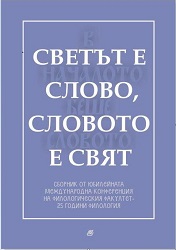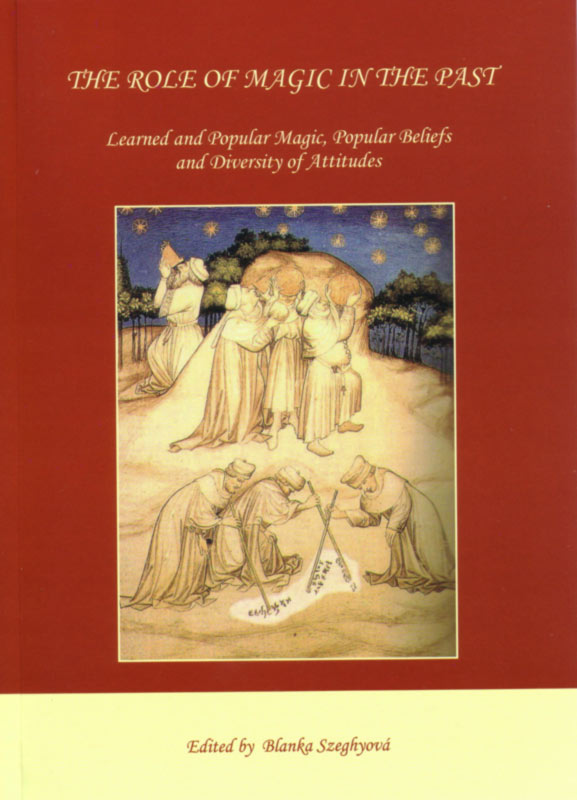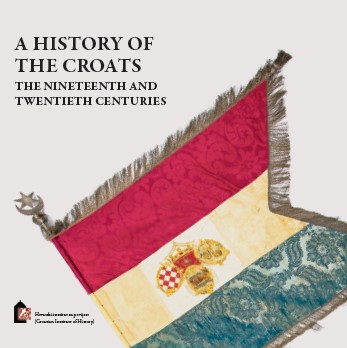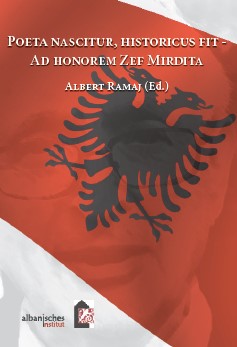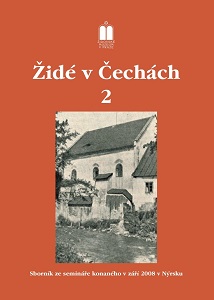Author(s): Not Specified Author / Language(s): German
Publication Year: 0
Dieses Buch ist das Ergebnis der wissenschaftlichen Zusammenarbeit und Forschungsarbeit einer Gruppe von Historikerinnen und Historikern, Juristinnen und Juristen, Soziologinnen und Soziologen sowie Literaturhistorikerinnen und Literaturhistorikern im Rahmen des Projekts “Gewalt gegen Frauen: Diskurse, Perspektiven, Lehren aus der bosnisch-herzegowinischen Geschichte.” Die Konzeption dieses Projekts entstand aus der Erkenntnis, dass trotz der Langfristigkeit und Vielschichtigkeit von Gewalt gegen Frauen in Bosnien und Herzegowina sowie der zahlreichen Quellen, in denen Gewalt nachweisbar ist, dieses Thema in der Geschichtsschreibung marginalisiert wurde. Das vorhandene Wissen darüber war fragmentarisch, und es gab keine einzige Studie, die diese Frage auf vergleichende Weise über einen längeren Zeitraum hinweg untersucht hätte. Um diesen Mangel zu beheben und einen Beitrag zum Verständnis der soziokulturellen Geschichte von Bosnien und Herzegowina zu leisten, hat das Forschungsteam, das dieses Projekt durchgeführt hat, verschiedene Formen von Gewalt gegen Frauen in der bosnisch-herzegowinischen Geschichte identifiziert, analysiert und in zehn Kapiteln dargestellt. Zudem wurde untersucht, wie die Gesellschaft dieses Phänomen vom antiken Zeitalter bis in die Moderne wahrgenommen hat. Als Mitglieder der akademischen Gemeinschaft waren wir der Meinung, dass das Verständnis des historischen Hintergrunds der Gewaltkultur, insbesondere der Gewalt gegen Frauen, sowie der Mechanismen, die diese Gewalt aufrechterhalten und reproduzieren, eine wichtige Voraussetzung für die Eröffnung eines qualitativ hochwertigeren Dialogs über die Gewalt gegen Frauen ist. Die Beseitigung von Gewalt egen Frauen ist heute eines der vorrangigen Ziele der Vereinten Nationen. Es ist jedoch sehr schwierig, dieses Ziel in einem bestimmten Bereich zu operationalisieren, wenn man keinen Einblick in die historischen Dimensionen der Gewalt gegen Frauen und deren traditionelle Verwurzelung in der menschlichen Gesellschaft hat. Mit diesem Buch wurde ein bedeutender Beitrag zur Schließung dieser Lücke geleistet, und die im Rahmen der Forschung gewonnenen Erkenntnisse können als Grundlage für Vergleiche mit anderen ähnlichen Studien dienen, deren Zahl weltweit stets zunimmt. Welche Schlussfolgerungen wurden gezogen? Welche Bedeutung haben diese im akademischen Bereich und warum sind sie für die gesellschaftlichen Strategien im Kampf gegen Gewalt gegen Frauen wichtig?
More...
